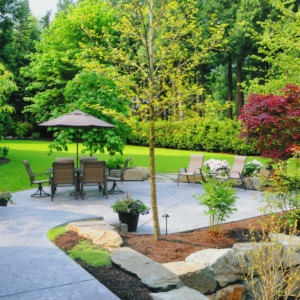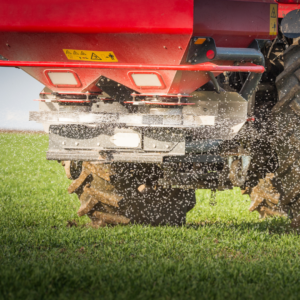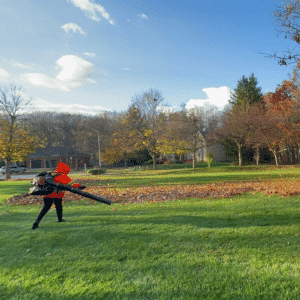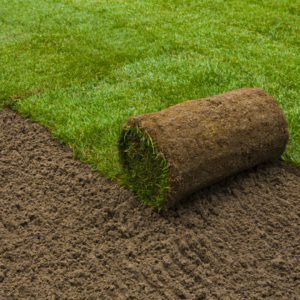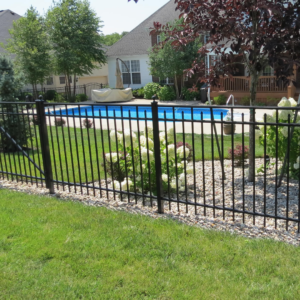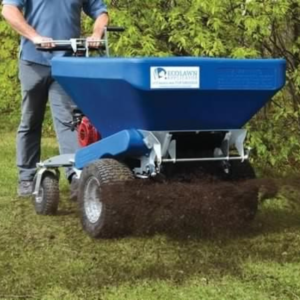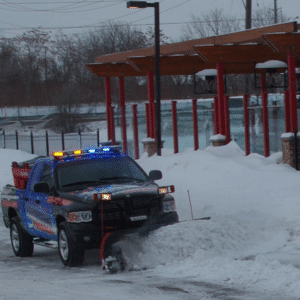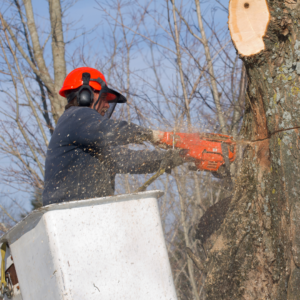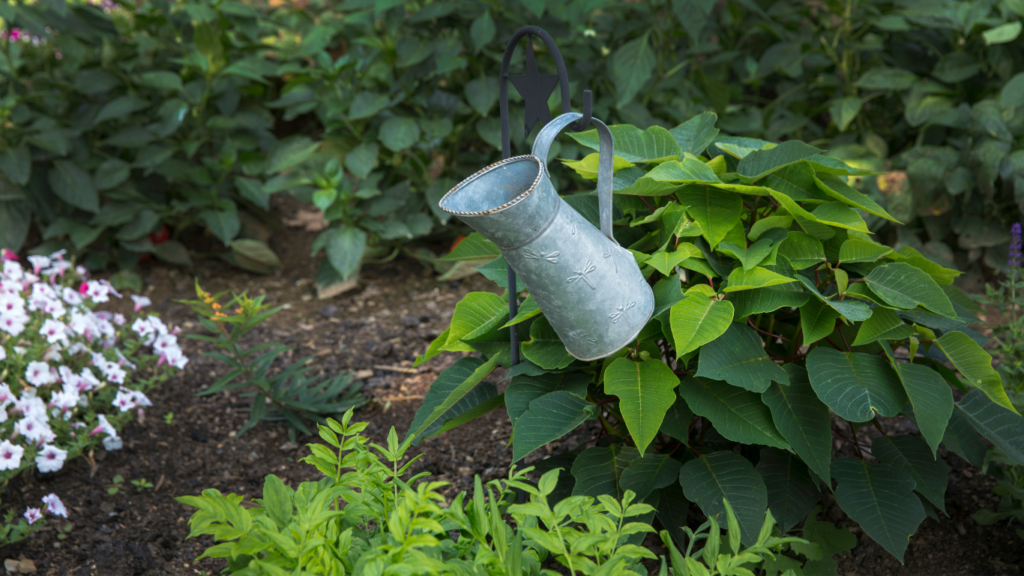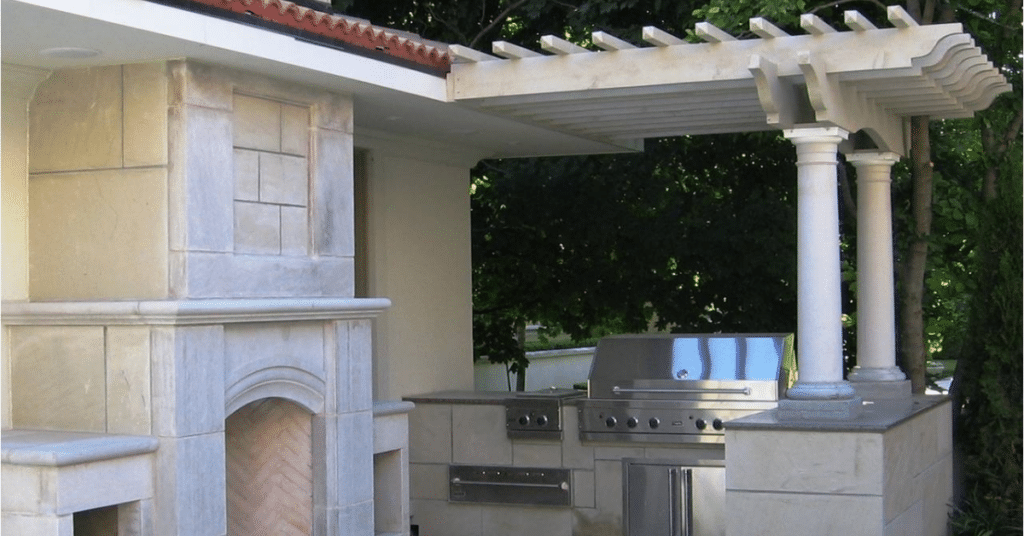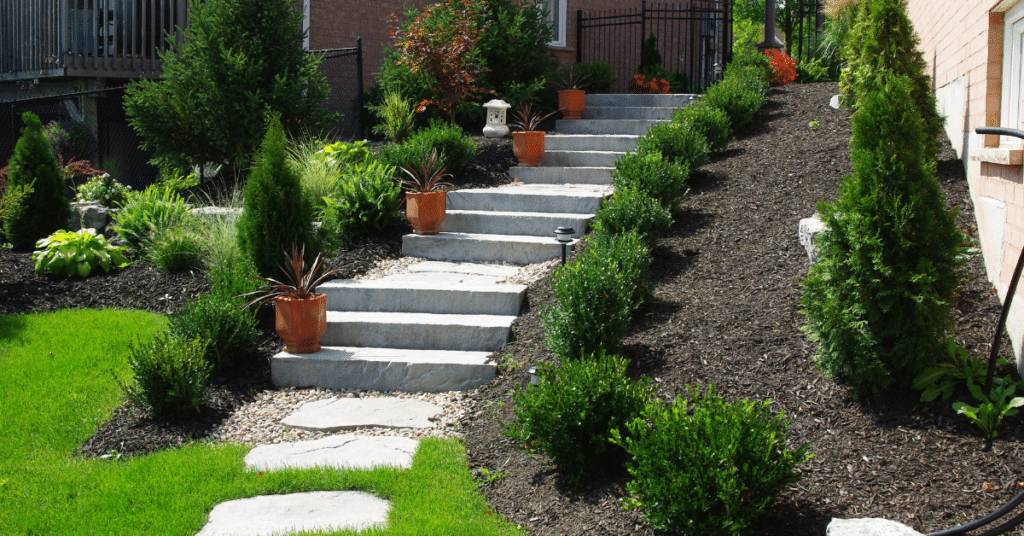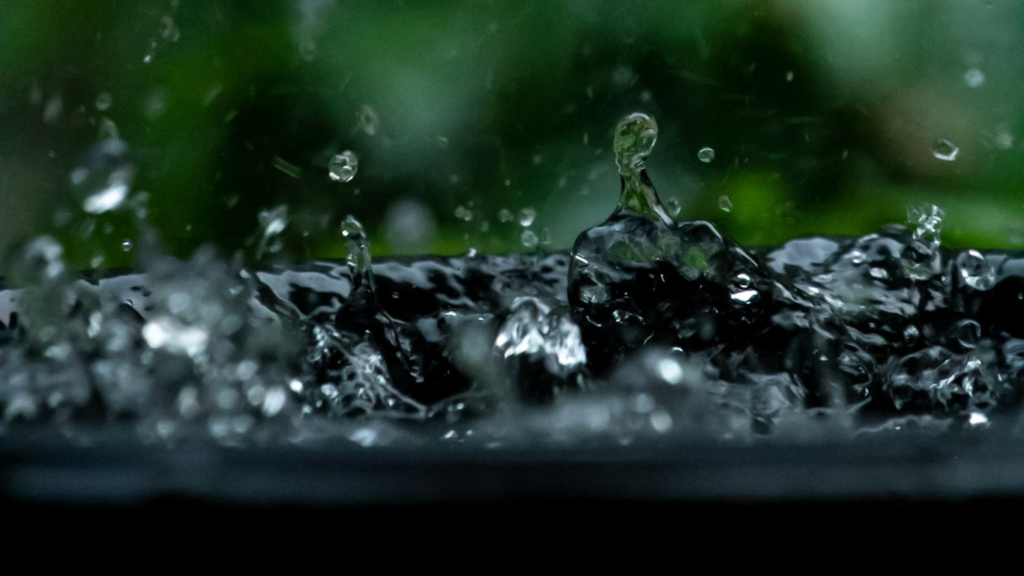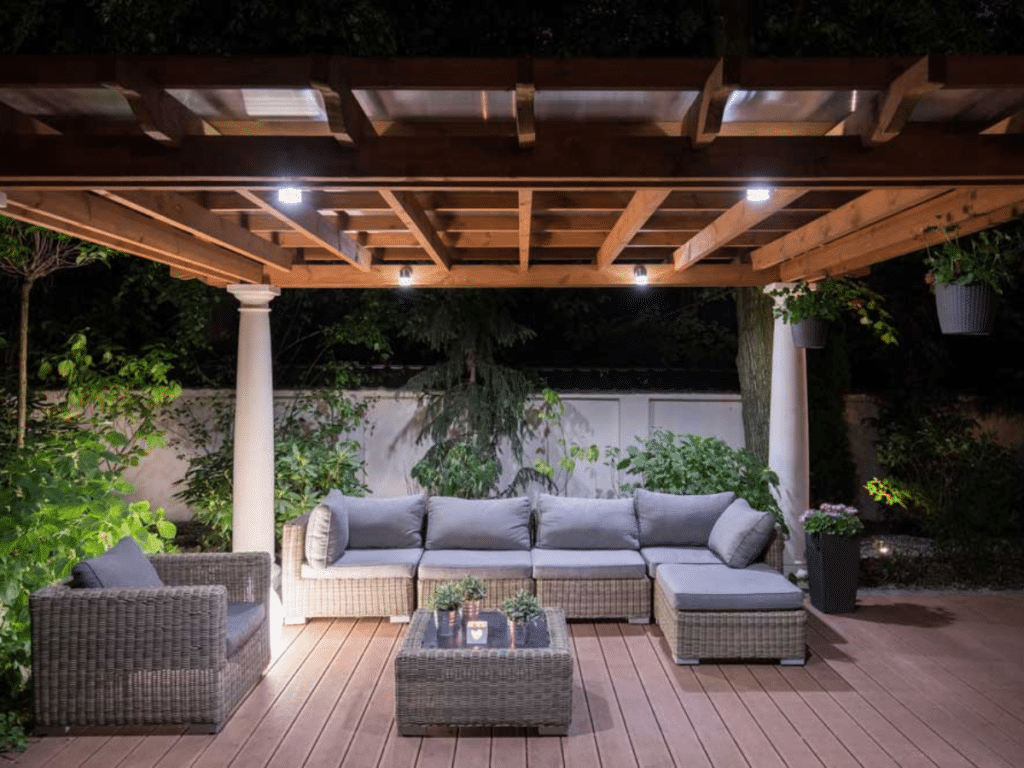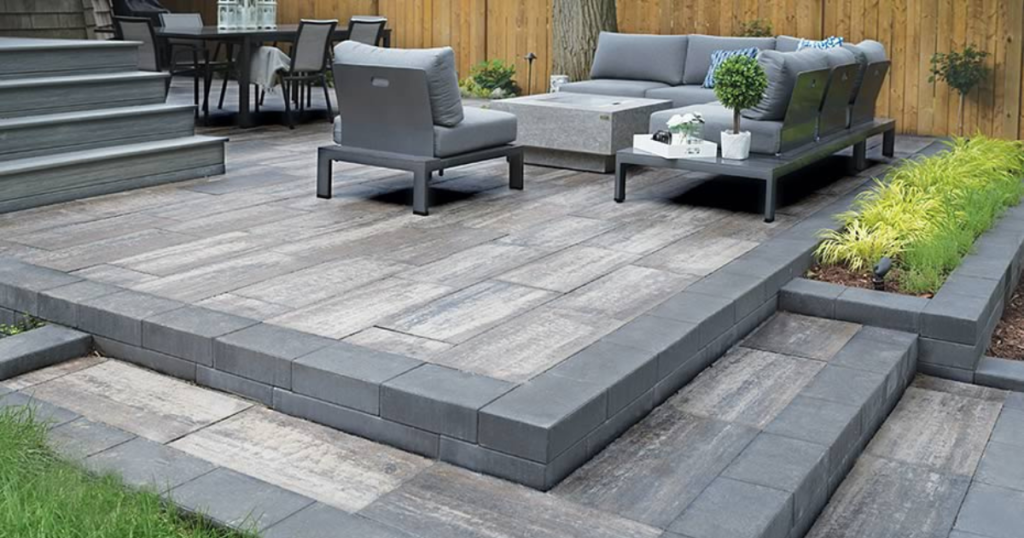Core Aeration
Compaction is a process in which your lawn and the soil beneath it becomes compressed. This occurs naturally over time, often due to traffic. Compaction is a direct result of a reduction in the amount of oxygen contained in the soil which prevents the movement of nutrients to the roots of the grass.
Eventually, the lawn thins until, ultimately, the soil can no longer support any sustainable growth. Aerating is a process of punching 3-inch holes in your lawn with a tool that removes small plugs of soil to allow a better flow of air, water and nutrients to the roots of the grass. This stimulates root growth and prevents thatch build-up.
Core aeration creates healthy roots and thicker, more beautiful lawns
Lawns should be aerated at least once a year, especially if your soil is heavily compacted or consists of clay. Over-seeding after aeration is important, as the holes left are perfect places for grass seed to germinate, thickening the lawn beautifully. The aeration holes also hold moisture for better seed germination. This is the most important step you can take yearly to help keep your lawn healthy and looking beautiful.
It improves the appearance of your lawn by relieving compaction, breaking up thatch, providing free topsoil, drought protection, new turf growth, fertilizer absorption, and overall, property value. This application is best done in early fall and if necessary, can be done in the early spring.
While all lawns benefit from core aeration, it is especially important for:
- Extremely high traffic areas where the soil is exposed to constant compaction
- You have a new lawn at a build site where the soil was exposed to ongoing construction traffic
- Lawns that feel spongy, as this indicates thatch problems
- Your lawn seems to dry out faster than your neighbour’s lawn
- Your lawn was established by sod
What are the benefits of core aeration?
For newly constructed lawns, the addition of topsoil on top of the compacted construction site soil can cause issues. Sod can have the same impact is the same as it uses soil layering, which is topsoil on top of existing, usually compacted soil. As a result, you disrupt drainage and cause poor root development so the lawn never fully establishes itself well enough to thrive. When you aerate your lawn, it breaks up these issues, so the soil is more responsive, water absorbs properly and root development is more established.
What is thatch?
Thatch is the layer between the blades of grass and the soil. A healthy lawn has a layer of thatch no more than about half an inch. If it is greater than that, the lawn becomes too spongy and, as a result, it creates a barrier that keeps air, water and nutrients from reaching the roots. It also provides a home for harmful pests and lawn diseases. The spongy spots caused by thick thatch also make it impossible to get a consistent height when mowing the lawn, as the weight of the mower sinks in these spots for too close a cut. Aeration is very important to maintain the health and beauty of your lawn.


